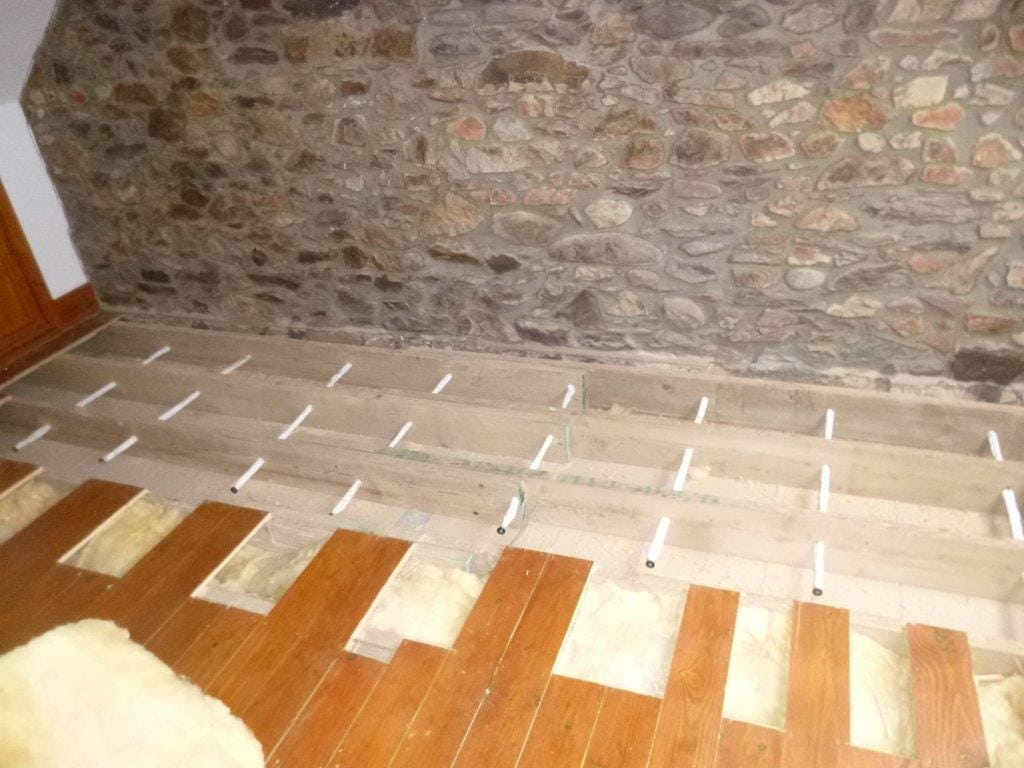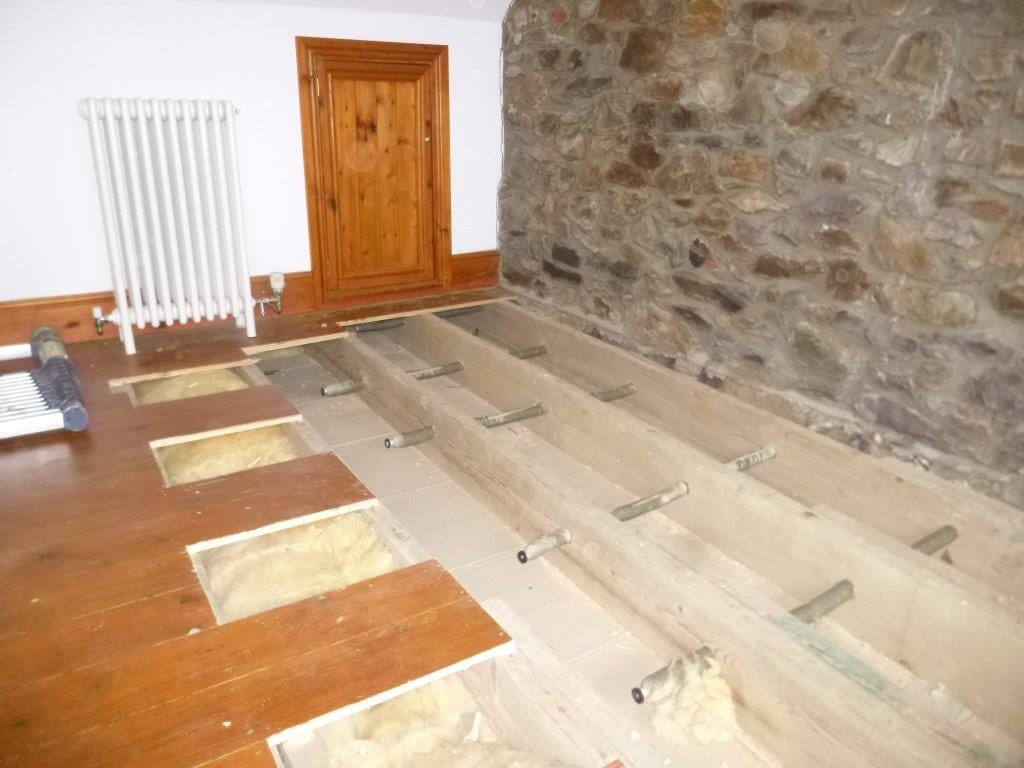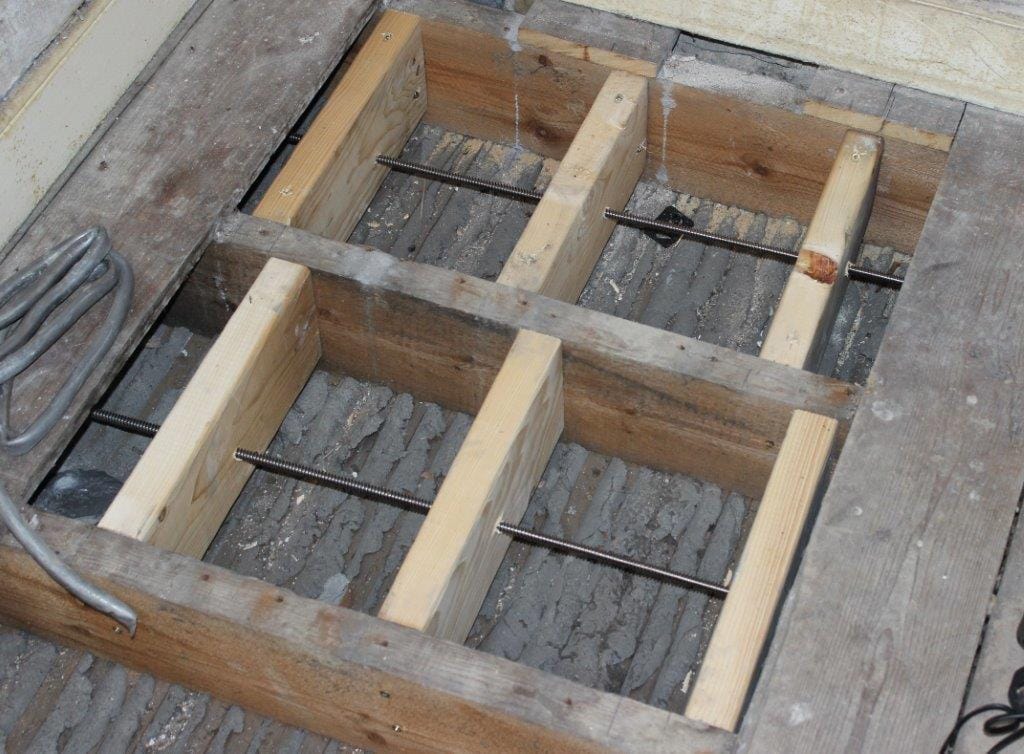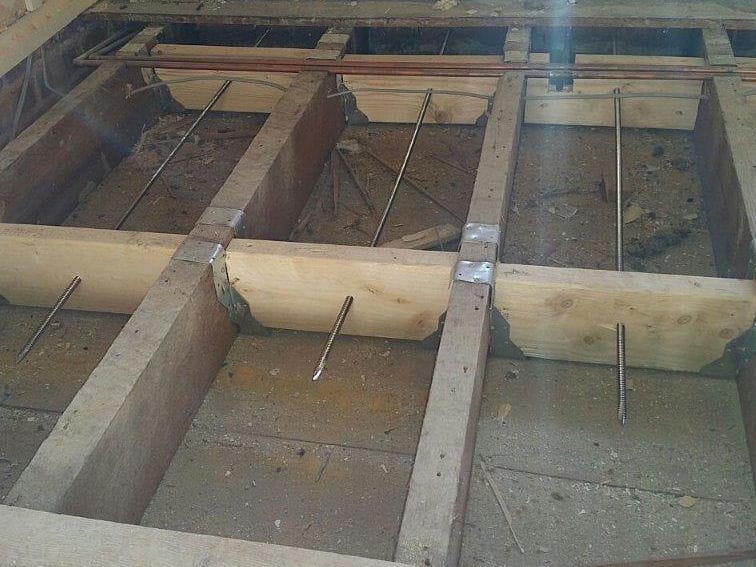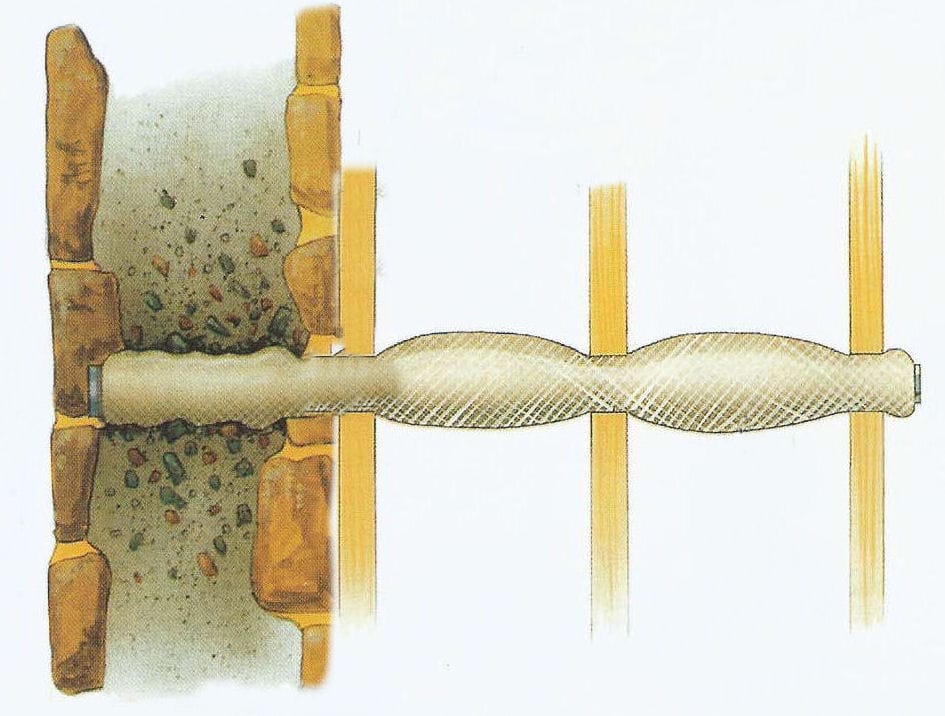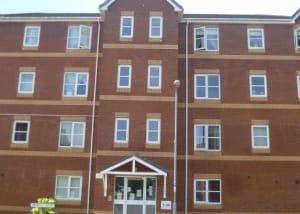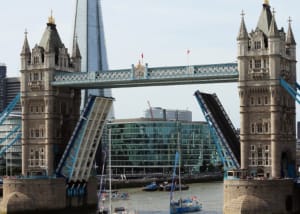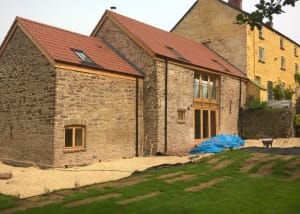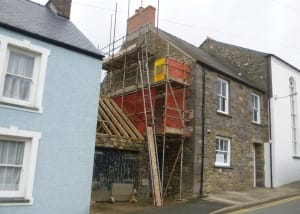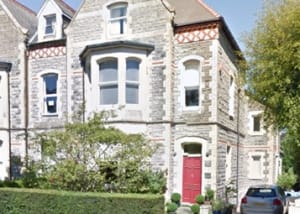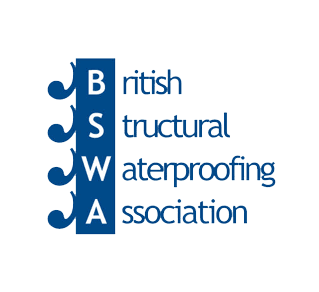Lateral Restraint Repairs & Solutions
What is Lateral Restraint?
Masonry walls should benefit from some form of Lateral Restraint. Traditionally this is provided by building floor joist into walls or by the construction of masonry partition walls bonded in at right angles.
Structural weakness often occurs where joists run parallel to external walls or where staircases lead to a break in the continuity of the floor, interrupting Lateral Restraint.
Internal partition walls formed in timber stud work offer little Lateral Restraint, unlike well bonded masonry partition walls. Inadequate external wall thickness in relation to wall height, combined with a lack of Lateral Restraint, can also lead to significant problems with bulging and cracking.
Lateral Restraint Repair Systems
It is not unusual for additional masonry strengthening or consolidation to be required, each repair strategy is bespoke to the property to which it is being applied. Protectahome have access to a wide range of modern materials and systems as well as traditional techniques which may be employed to provide a comprehensive Lateral Restraint repair strategy.
Please see our Case Studies for more detail on Lateral Restraints in application. For advice or to book a Survey please Contact Us on 0800 055 6966 or alternatively email us via web@protectahome.co.uk.

Structural Repairs Case Studies
Verallo Drive, Cardiff
The Project: To repair existing cracking as a result of thermal movement and install additional movement joints to this brick built residential accommodation complex.
Clyne Castle, Swansea
The Project: To undertake a series of sympathetic roof timber repairs to this grade II listed castellated mansion as part of a wider refurbishment.
Westminster Abbey, London
The Project: To repair several large cracks that had appeared within a medieval wall on the grounds of the historic Westminster Abbey.
Tower Bridge, London
The Project: Structural anchoring to facilitate coping stone consolidation on the South West corner of the world famous Tower Bridge, London.
B&B Barn Conversion, Usk, Monmouthshire
The Project: New B&B retreat to rural Monmouthshire as Barn Conversion popularity continues to grow. Extensive structural repair works were required to stabilise and consolidate […]
The Cottage, Bidford-on-Avon, Warwickshire
The Project: To consolidate, and arrest further movement of, the rear elevation of this stone and brick built 150 year old cottage.
Plymouth Road, Penarth – Crack Stitching & Consolidation
Protectahome were asked to inspect this three storey, semi-detached stone property in South Wales. The property is over 100 years old, constructed from Blue Lias Limestone and was suffering from cracking...
Goat Street, St David’s, West Wales
This 150 year old, semi-detached property was suffering from separation between the gable end wall and the front and rear elevations at 1st floor and attic floor levels. The property, located in St. David's, West Wales, the smallest city in the UK.
Plymouth Road, Penarth – Lateral Restraint
Protectahome were asked to inspect this three storey, semi-detached stone property in South Wales. The property is over 100 years old, constructed from Blue Lias […]

